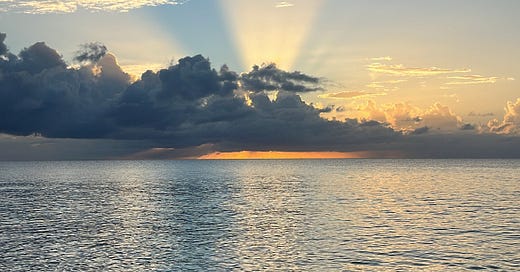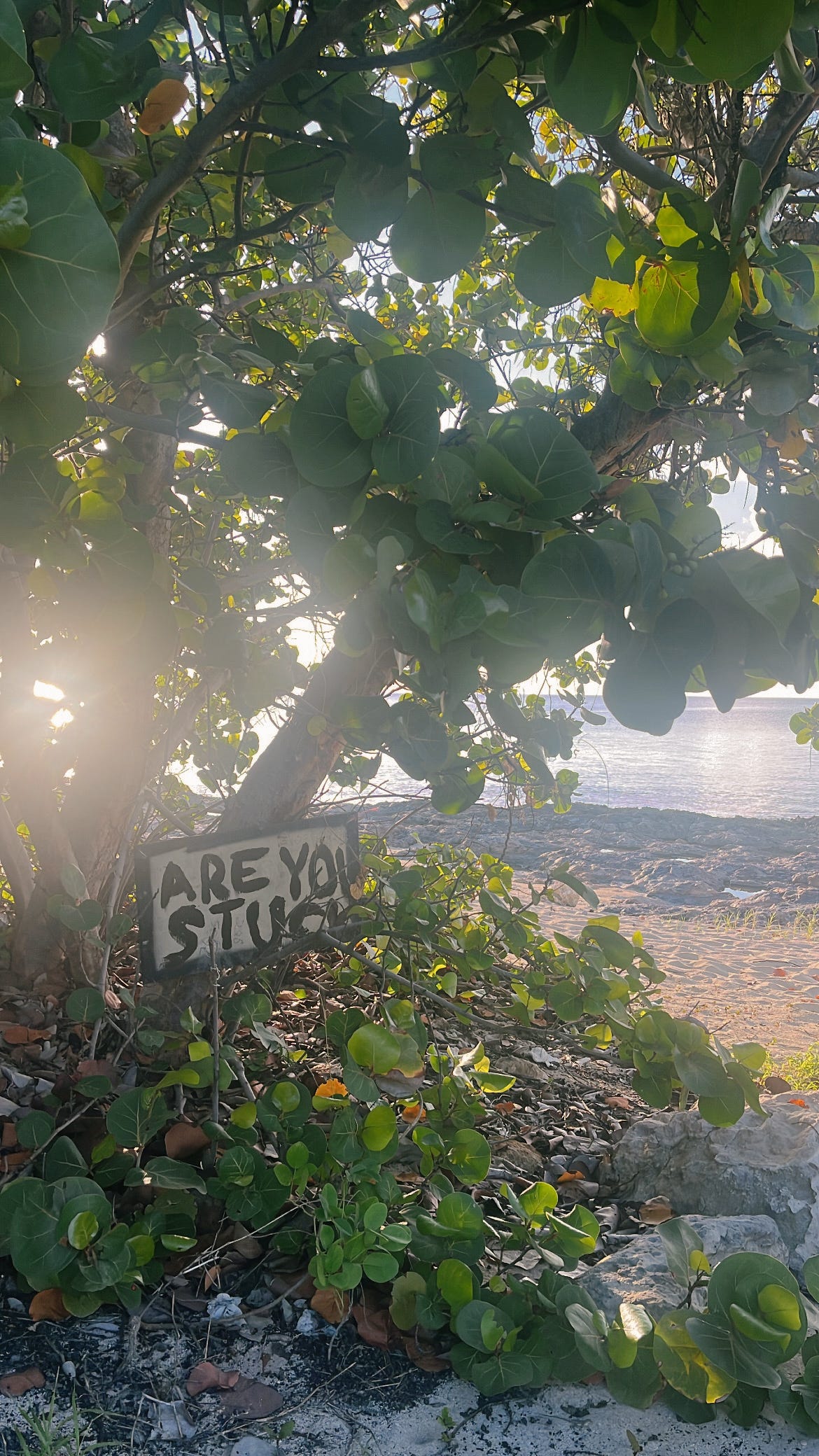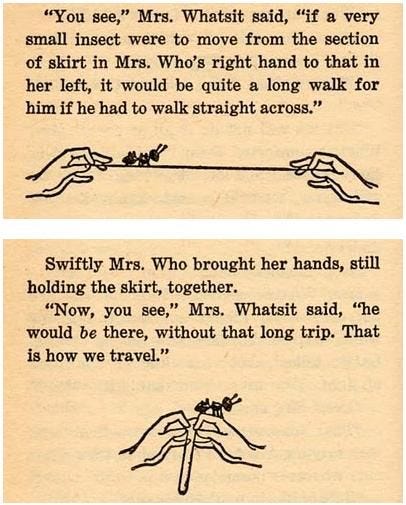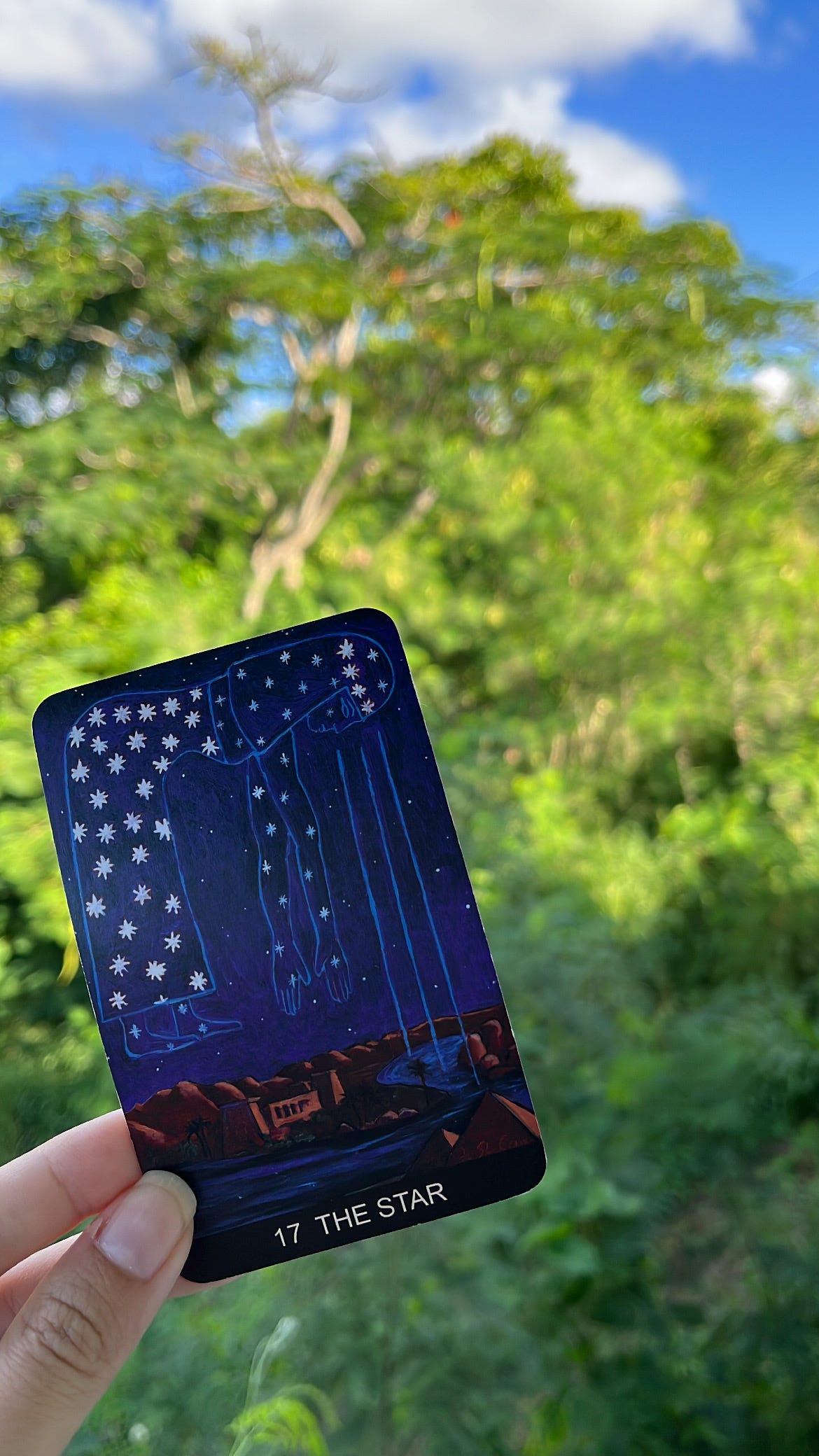Some say that time is a thief.
The last year I’ve lived on St. Croix has taught me that time is a carnival fun house, one spent standing in front of mirrors that stretch and contort our experiences.
There are days on the island that are wider than they are long, where everything happens all at once and the energy is compressed into a few, fleeting moments.
A sunset that explodes in color at the last minute, a particularly shocking dunk in Caribbean waters, an unexpected detour that takes me to an overlook I’ve never seen before.
There are weeks that wave and wobble across my awareness, ones where yesterday seems like it happened years ago and I swear July just finished, even though it’s October now.
The woman I see reflected in these months is unclear, a Picasso of a person, with her head off to one side and her hands twice their size.
And there are those days that are tall and thin, shaped like the island itself, where time seems irrelevant and sunrises bleed easily into sunsets without my noticing. Seasons march by. I stand still.
Even before I lived here, people told me time was funny on the island.
And it is funny. But here, time feels more real.
One of my favorite books when I was a child was A Wrinkle in Time by Madeline L’Engle.
I first read it in 5th grade, a year marked by brown-bag textbooks and a math teacher who told me to stop asking so many questions. In contrast, A Wrinkle in Time was full of questions, the big sort that you whisper to yourself before falling asleep: what is Time? Who and Where and What are we? What is really possible when you think beyond the linear?
25 years later, I often think of the metaphor Mrs. Whatsit gave when explaining a tesseract1 to the children in the book:
I think of my own timeline. I think of the moments the hands have come together and pushed me into the next phase without enough time to think: my divorce. My move to St. Croix.
My body took months, years to catch up with each quantum leap—like my ant-self was still somewhere behind real-me, plodding along that taut line step by step. Just when I can see her, a black speck on the horizon, the hands move, and the cycle restarts. I wonder if I’ll ever catch up to myself again.
I think a lot these days about the idea of a taut line. A life lived linearly—college, marriage, house, kids, aging, death. A balancing act, to be certain, but safer in many ways.
My own line is a cat’s cradle of a life, woven in between the two disembodied hands. My line crosses over and under. It moves backwards and sideways and upside down.
I went non-linear when I got divorced and moved out of the perfect suburban house and into a city apartment with uneven floors. I tangled the thread when I walked away from my teaching career without something new to walk towards. I doubled back and over again when I changed my entire life for love, without the ring, without the promise, without anything other than belief in what could grow.
Eventually, after a series of non-linear choices, I grow tired of it all. Life looks tangled and messy, a cacophony of strings hopelessly twisted beyond repair.
But then, the hands move again. They pull and pluck and rearrange, and suddenly, I see the pattern, I see Jacob’s endless ladder.
In those moments, I see exactly why the line had to bend that way.
Yesterday was my 365th day on the island. In another 71 days, I will leave it.
The hands have come together again—a new job for Hilly, another leap, another year of catching up.2
I feel tired when I think about it all. I wonder about the What and Why of my time here in St. Croix, a time that feels both short and long. I wonder when I’ll see the shape in between the hands.
If I ever will.
A few nights ago, I stood next to Hilly outside of our home in St. Croix and looked at the stars. It’s dark where we live. No streetlights. No headlights piercing the night. Just us and the inky blackness above.
I leaned my head against his shoulder as he pointed out Casseopeia, the vain queen chained to her throne. She zig zags through the sky, both ominous and beautiful.
Cassiopeia spends half of her year upside down as punishment, circling the poles with her head below her heart. In this moment, she is somewhere in between, tilted to the right a bit, one breath from toppling forward on to her head.
I wonder what she sees right before she falls. I wonder if she wishes she had chosen differently. I wonder what she thinks about as she waits for her world to right itself once more.
Later that night, as I lie in bed, I think of Cassiopeia. I think of myself, not chained to any throne but ready to tumble into the unknown all the same. I see my timeline as a constellation, unlikely groupings of stars making bigger pictures in the sky.
I close my eyes and watch the hands come together. When the time comes, I know I will leap.
This is their method of time travel in the book. Think the movie Interstellar for kids.
I know this would be an ideal space to share more details, but as always, I’ll write about things when I’m ready.









one of my favorite Einstein quotes is "Time and space are not conditions in which we live, but modes by which we think", and I reflect on that a lot: how time is our own perception, projected onto moments. plants and trees experience time so differently than humans! I think there are only benefits when it comes to allowing the natural world around us to shape our perception of time in the way you write about here. it sounds like you have been in dialogue with the island for the past year, and that you have been listening deeply to what it has to tell you.